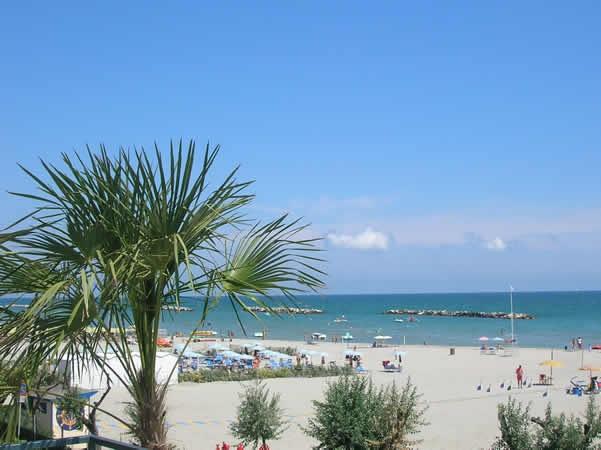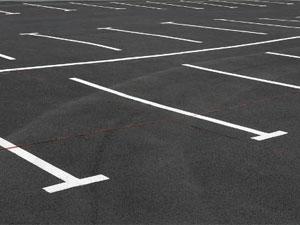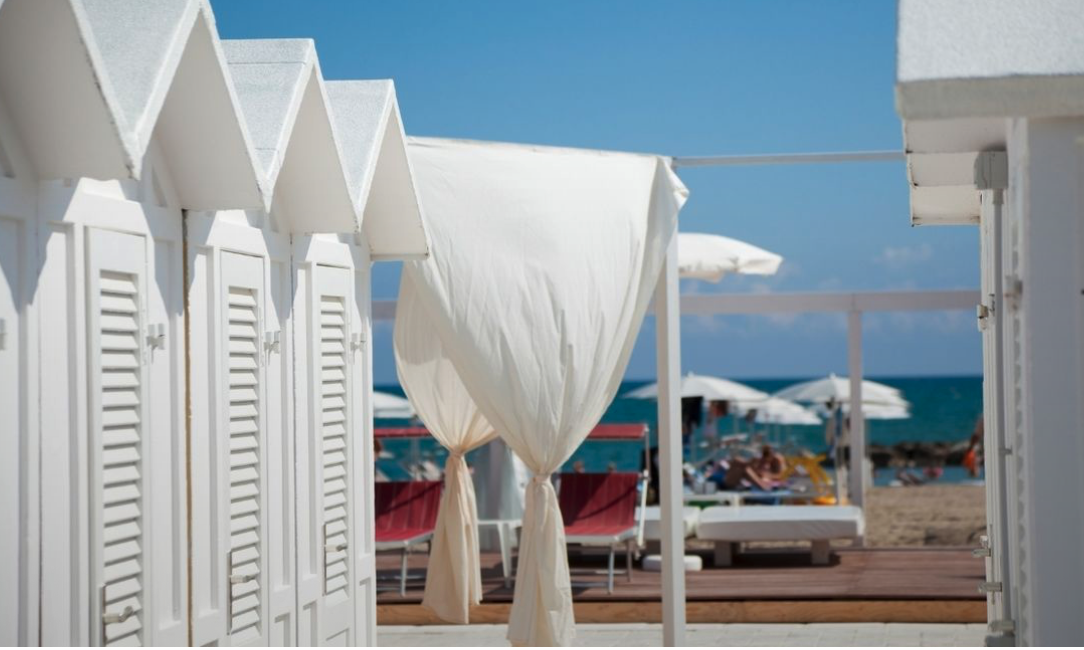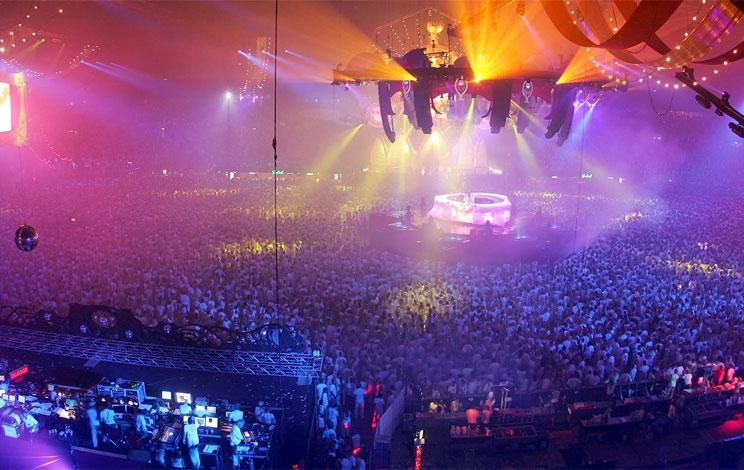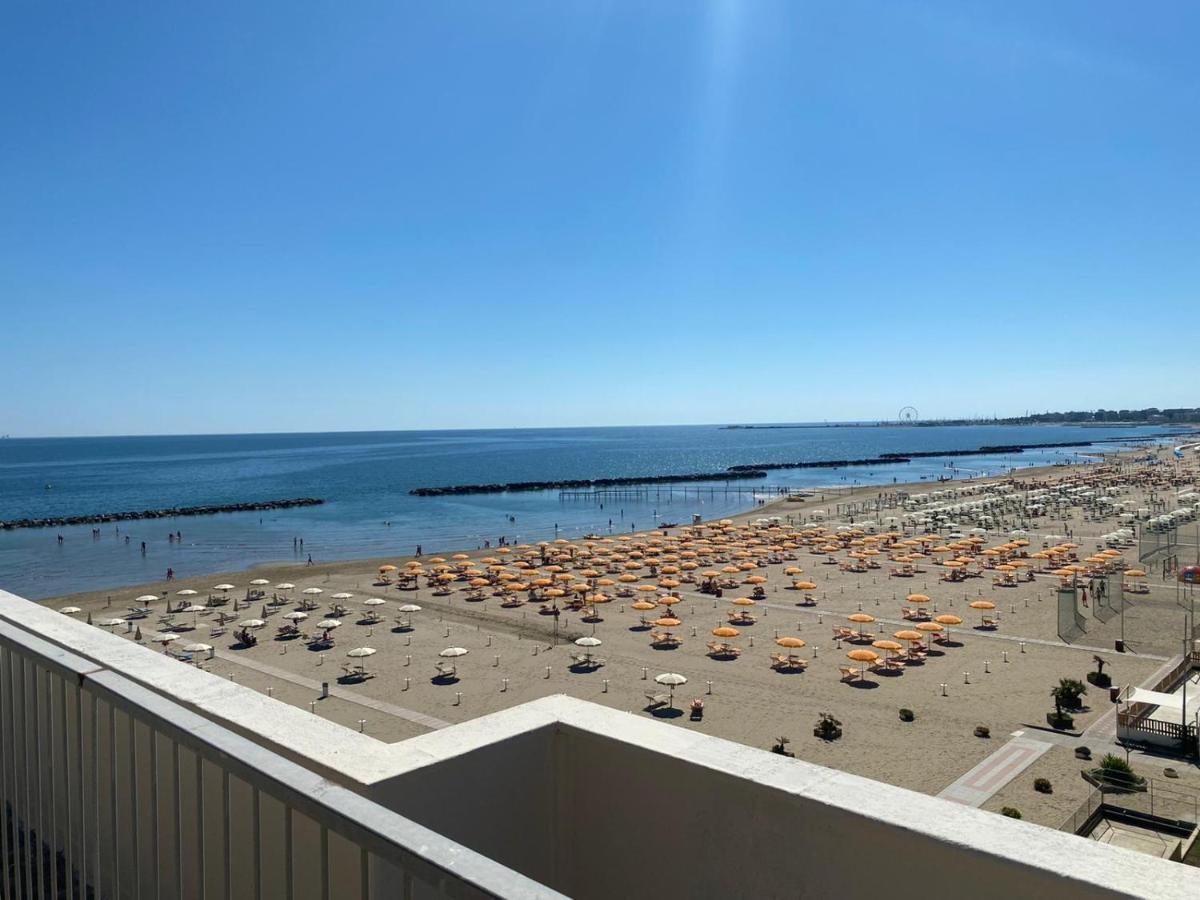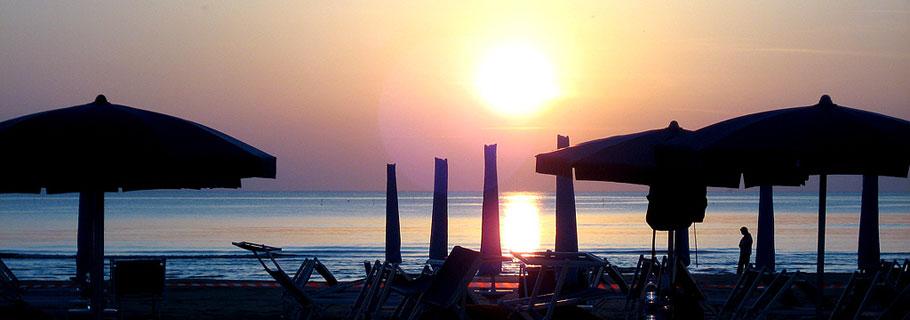The Ridracoli dam is an imposing structure located near the village of Ridracoli, in Bagno di Romagna (FC), which dams the course of the Bidente river. It is one of the largest and most significant dams in Emilia-Romagna and northern Italy.
Technical Specifications
Structure
The Ridracoli dam is an arch-gravity dam, combining the characteristics of both types to maximise strength. Arch dams transfer weight to the surrounding rock face due to their curved shape, while gravity dams, which are more massive, resist due to their weight. The structure is 103.5 metres high with a width at the base of 36 metres and a width of 10 metres at the upper walkway. The arch of the dam is 432 metres long, with a total volume of 600,000 cubic metres of concrete. The dam is composed of 27 ashlars laid on a pulvinus that follows the profile of the dam with varying thickness.
Water Intake Systems
The water intake facilities are located in the right abutment of the dam. The water is drawn through two inlets located 50 metres vertically apart to optimise temperature and turbidity conditions. The water is then sent to the Romagna aqueduct.
Romagna Aqueduct
The aqueduct has a main pipeline 33 kilometres long, with a capacity of 3,000 litres per second. It is managed by Romagna Acque S.p.A. and serves fifty municipalities in the provinces of Ravenna, Forlì-Cesena, Rimini and the Republic of San Marino, supplying water to approximately one million people.
Curiosities
Films and Videoclips
The Ridracoli dam has been the location for several film and music productions. In 1996, some scenes from the film 'Vesna goes fast were filmed at the dam. In 2014, Vasco Rossi shot the video clip of the song 'Come vorrei', first single from the album 'I am innocent'.
Opera History
The project of the Romagna aqueduct, which would lead to the construction of the Ridracoli dam and its artificial lake, began in the early years sixty. La specific design of the dam dates back to 1974. The choice of where to build the dam was based on several criteria:
- Absence of Settlements: the selected area was free of urban and productive settlements, ensuring water quality.
- Terrain morphology: the area had impermeable layers that facilitated the collection of water.
- Adequate height difference: the natural gradient allowed for easy distribution of water.
- Central location: the location was approximately central to the municipalities that the aqueduct would serve.
Construction Phases
Slope consolidation and excavation works were carried out between 1976 and 1979. These works included:
- Excavation with explosives: more than 170,000 tonnes of explosives were used to excavate the mountain slopes, removing around 1.1 million cubic metres of sandstone and marl rock.
- AnchorsDue to the friable and unstable nature of the rock, 543 anchor rods were applied, each 37 metres long and secured with concrete anchor bolts.
The actual construction of the dam, completed in 1982, involved the use of inert materials of varying grain size. The concrete was reinforced with steel bars.
Materials and Logistics
The cost of construction was increased by the need to transport materials over long distances:
- Sands: came from the San Bartolo quarries in Ravenna.
- Gravel: was transported by the Marecchia, Metauro and Tiber rivers.
The aggregates, once cleaned, were mixed with cement in the right proportions, electronically controlled. The mixing took place via three concrete mixers of three cubic metres each. The concrete was poured using five-cubic-metre buckets, transported by two cableways that started from the left abutment of the dam. The position of the cable car was controlled by a mobile wagon on the right abutment. Once unloaded, the concrete was settled by means of vibrations produced by four hydraulic vibrators.
Conclusion
The Ridracoli dam represents an important engineering work not only for its impressiveness and the technologies used in the construction, but also for the important role it plays in the management of water resources of the region. The careful choice of the site, the complex excavation and consolidation operations, and the use of specific materials to ensure the stability of the structure are testimony to the attention to detail and technical expertise employed in this project. However, it is also a point of cultural and tourist interest because of its historical and scenic significance.
Lake Ridracoli
Lake Ridracoli is a artificial lake created by the construction of the dam of Ridracoli on the Bidente river, located in the municipality of Bagno di Romagna, in the province of Forlì-Cesena. This reservoir is one of the most important water resources for the Emilia-Romagna region and serves a large territory, providing drinking water to numerous municipalities and the Republic of San Marino.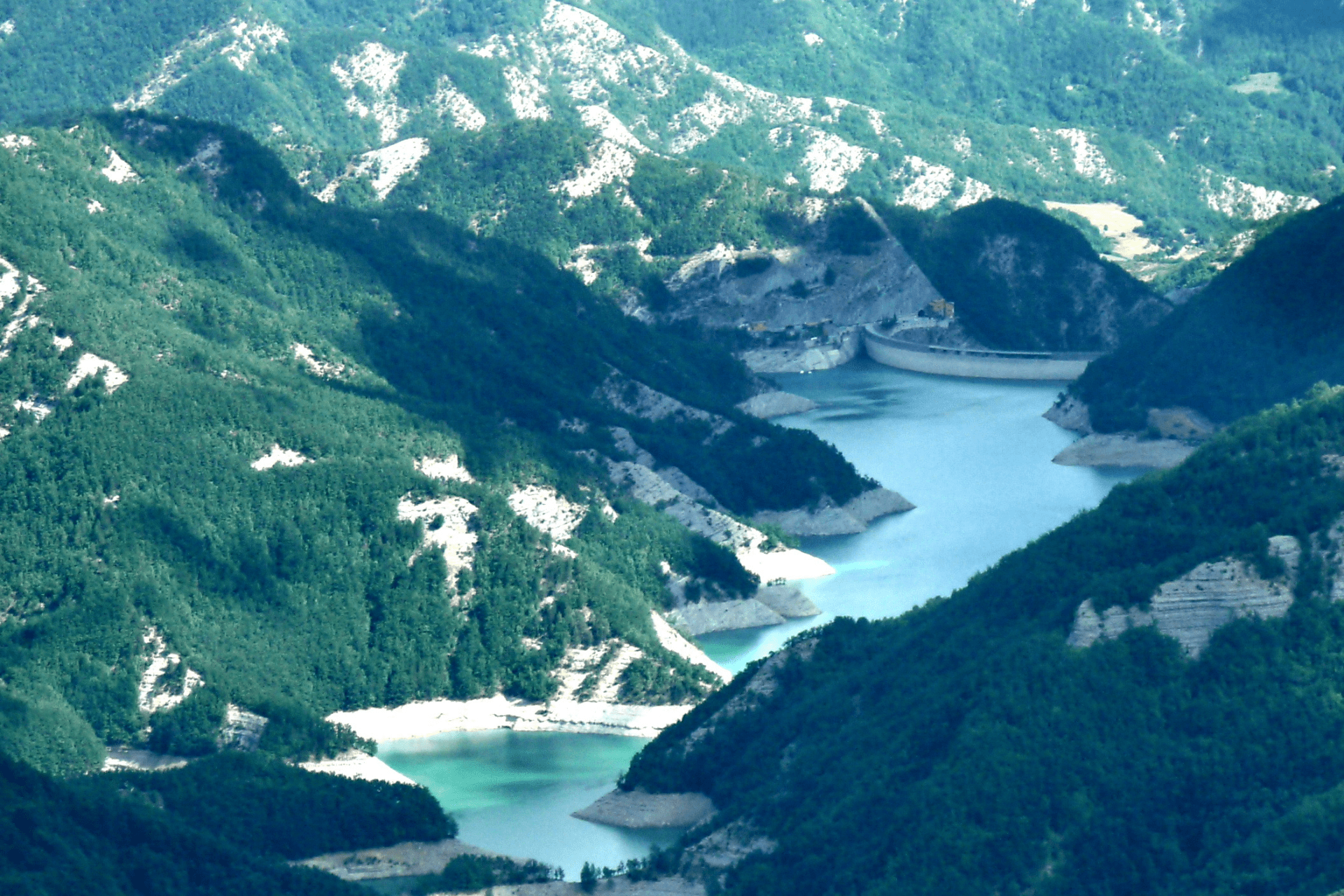
Characteristics of the lake
- Origin. The lake was created in the 1980s with the construction of the Ridracoli dam, completed in 1982.
- Surface. The surface area of the lake varies depending on the water level, but can reach several hundred hectares.
- Capacity. The volume of water that can be contained in the lake is significant, making it an essential reserve for the region's water supply.
- Depth. The depth of the lake can vary, with points reaching several tens of metres.
Functions of the lake
- Water supplyThe main purpose of the lake is to provide drinking water through the Romagna aqueduct, which serves approximately one million people. Water is drawn from two inlets located at different heights to optimise water quality in terms of temperature and turbidity.
- HydroelectricityThe dam is also used for hydroelectric power generation, contributing to the production of renewable energy in the region.
- Flood managementThe lake also acts as a flood containment basin for the Bidente River, helping to mitigate the risk of flooding downstream.
Tourism and Environment
Lake Ridracoli has become a popular tourist destination. It offers numerous recreational activities such as excursions, boat trips, sport fishing and guided tours to the dam. At the lake is located the Ridracoli Waters Ecomuseuma museum offering insights into the history of the dam, water management and the surrounding natural environment.
The lake and its surrounding area are part of the National Park of the Casentino Forests, Monte Falterona and Campigna, one nature reserve which is home to a rich biodiversity and offers numerous nature trails.
Lake Ridracoli is an example of how an engineering infrastructure can integrate with the natural environment, offering both functional and recreational benefits to the community.

